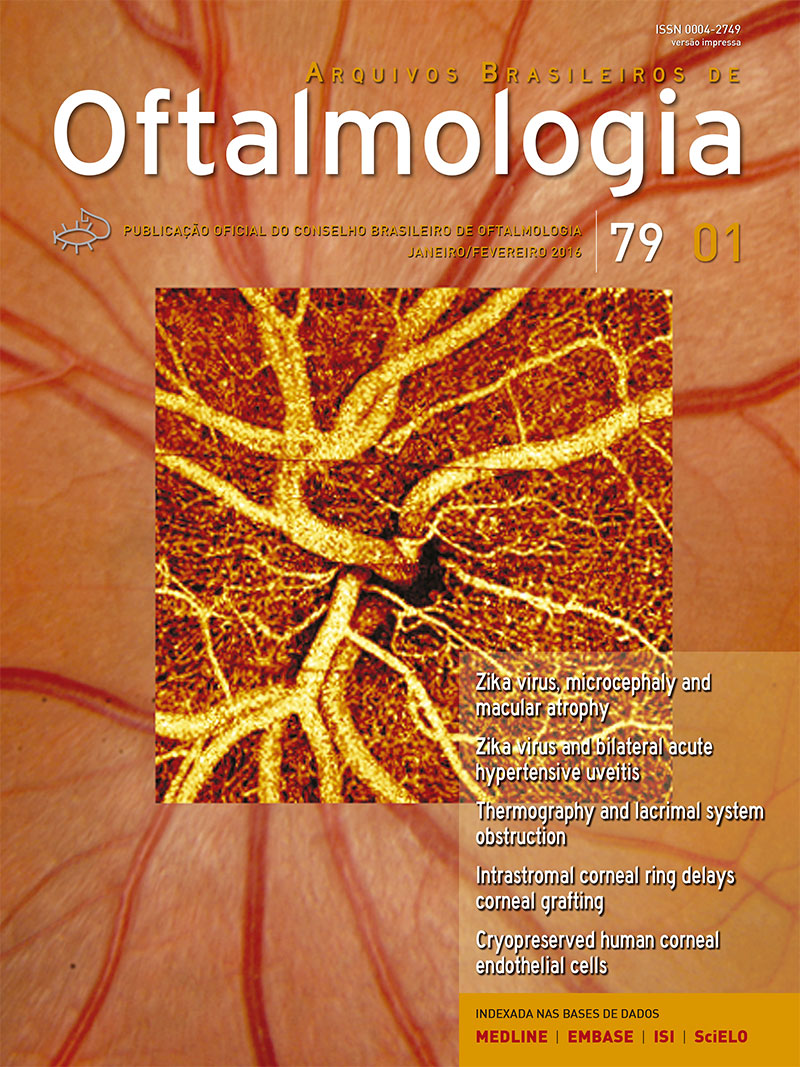Purpose: To assess the impact of intrastromal corneal ring segments (ICRS) as a surgical alternative to corneal grafting in patients with keratoconus who were scheduled for a corneal transplant. Methods: This single-surgeon, single-center, retrospective, observational case series study included 19 eyes of 18 patients (mean age, 23.36 ± 6.22 years) with a confirmed diagnosis of keratoconus. These patients were enrolled from the State of Goiás, Brazil corneal graft waiting list. Following extensive pre-operative testing, including the measurement of best-corrected visual acuity (BCVA), applanation tonometry, biomicroscopy, funduscopy, pachymetry, and corneal topography, patients were implanted with Keraring® ICRS. Patients underwent clinical examination at postoperative days 1, 7, 30, 90, and 180 and were examined again 2 years following surgery. Results: At the 2-year cut-off following ICRS implantation (mean follow-up, 28.72 ± 4.71 months), there was a statistically significant improvement in BCVA (logMAR) from 0.59 ± 0.35 preoperatively to 0.35 ± 0.45 postoperatively ( p <0.01). Three of 19 eyes (15.8%) still required keratoplasty. In the remaining patients (84.2%), BCVA was managed with spectacles (52.6%) or contact lenses (31.6%). One patient developed infectious keratitis, requiring removal of ICR at the first postoperative visit. Conclusion: ICRS implantation may be a surgical alternative to keratoplasty in patients with keratoconus. This procedure may delay or even eliminate the need for keratoplasty in such patients.
Keywords: Keratoconus; Corneal transplantation; Corneal stroma; Eye banking; Visual acuity
